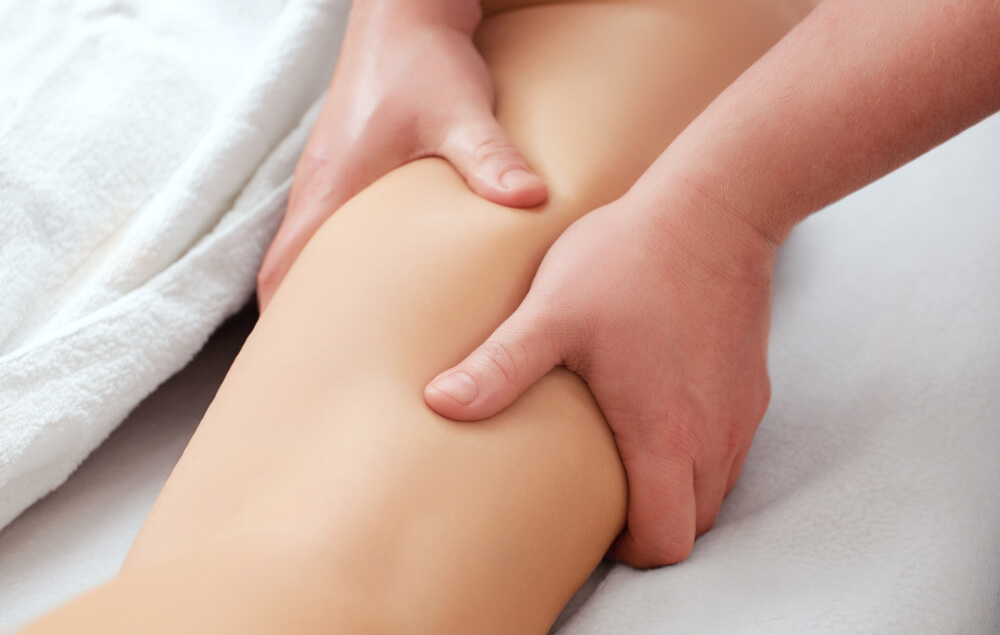TYPES
The various subtypes of acquired lipodystrophy include the following:
- Acquired generalized lipodystrophy or Lawrence syndrome
- Acquired partial lipodystrophy or Barraquer-Simons syndrome
- High active antiretroviral therapy (HAART) induced lipodystrophy
- Localized lipodystrophy
SYMPTOMS
While a wide range of acquired lipodystrophy cause cause a person to lose fat, this effect is unique for every person. The signs and symptoms will differ according to the subtypes.
AGL
The person will lose lose fat underneath the skin in the body, such as the face, arms, legs, palms, ans the bottoms of the feet. Veins under the skin may be visible.
Children with AGL have faster growth with a huge appetite. Grown-ups may have enormous hands and feet and a solid, square jawbone if they have hormonal imbalance. They could have bigger than normal sex organs, such as clitoris, ovaries, penis and testicles. It could also predispose to polycystic ovary syndrome (PCOS). There may also be abnormalities in blood sugar and triglyceride levels.
APL
This usually affects only the chest area, on the two sides. It begins in the face and moves to the neck, arms, and chest.
Localized
This resembles a scratch in the skin, however the skin itself appears to be fine. The size can change. It could be in one spot or more. There may likewise be tenderness and pain.


